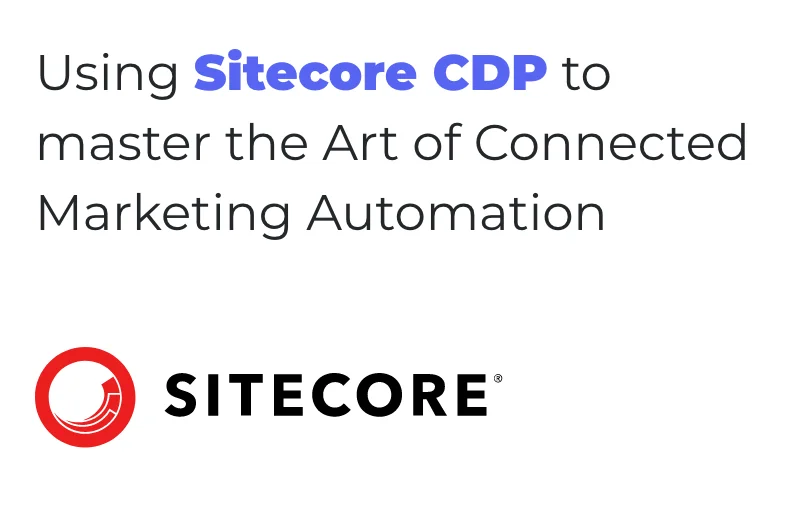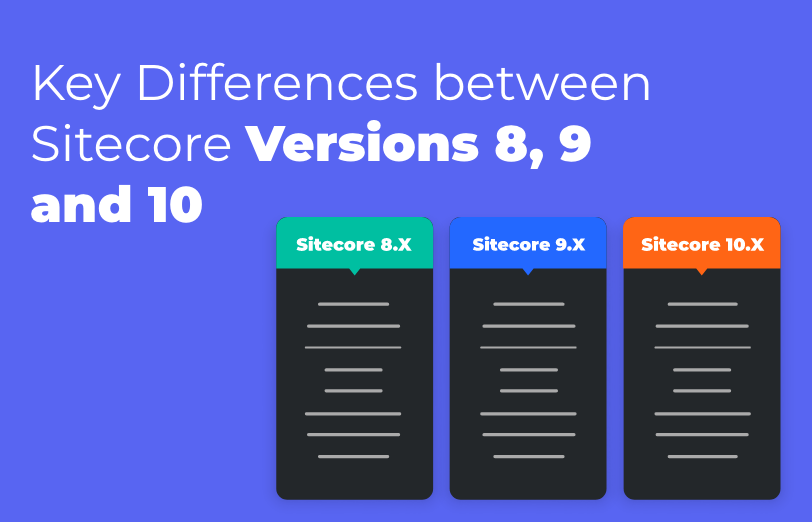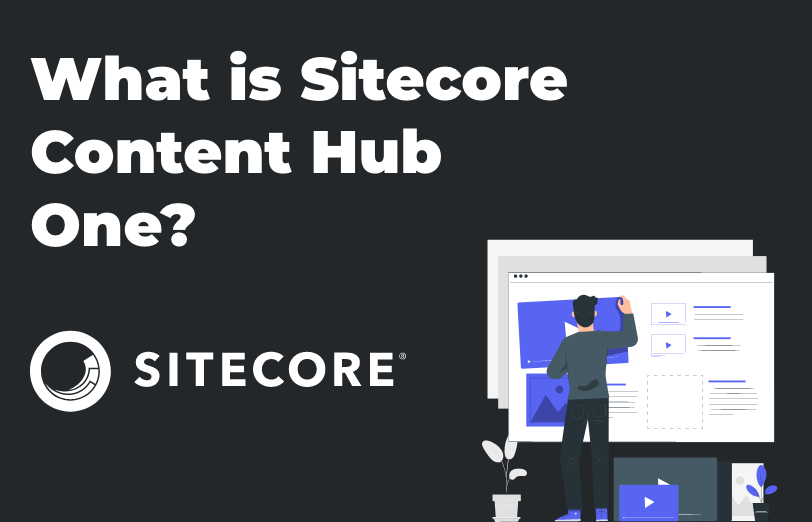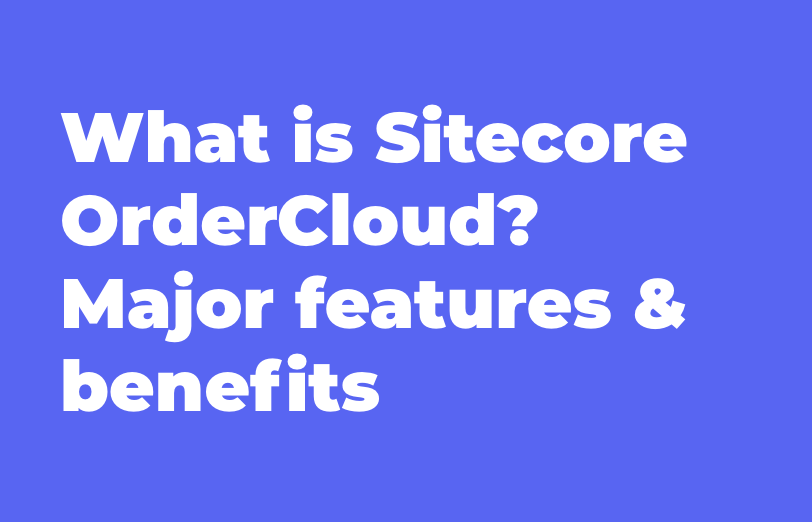Need An Accurate Estimate For Your Sitecore XM Cloud Migration Project? Kickstart Your Journey Here!
Get My EstimateBusinesses today constantly seek different methods, ways, and ideas to enhance customer engagement, and user interaction to overall drive better results. Marketing automation has become a powerful way to streamline all efforts and automate the tasks that were repetitive.
Customer data can now be leveraged to deliver unique and personalized experiences that resonate with the customers. In this blog, we will understand how Sitecore CDP helps your business in mastering the power of Connected Marketing Automation.
Connected Marketing Automation can be defined as the next level, upgraded level from just streamlining and automating the tasks. It is where you interconnect all the marketing channels and deliver a seamless customer journey that is also unified.
Through connected marketing automation, you leverage data from various digital touchpoints such as email, social media, web, mobile, etc. Through this data, you set up triggers depending on the user's behavior, their likes, their interests, and preferences. This way you can ensure timely interactions that are also relevant.
We will delve into the concept of marketing automation on a deeper level and explore how your marketing strategy can be enhanced using Sitecore CDP along with Sitecore’s personalization tools, and email campaign tools.
Connected marketing automation is there to elevate your strategy beyond what you expect. It creates personalized, engaging interactions in real time using the customer data collected from every digital touchpoint.
You interlink your marketing channels and create a seamless, unified customer experience. Customer journeys are increasingly complex and fragmented but with the power of connected marketing automation, you can provide relevance that the customers are demanding today.
This will also enable your brand to react and respond to the individual customer behaviors and their preferences, proactively. There will be enhanced engagement and interaction, increased customer loyalty and this will of course lead to increased sales, revenue and profit.
This is essentially the bridge that will connect your marketing efforts with all the unique needs, wants, and desires of your customers. You can go for a truly customer-centric approach like this.
When you want to build a successful marketing automation strategy, you require strong tools that have components such as CDP, multi-channel personalization capabilities, and also allows email campaign management.
Why does it play a crucial role in this?
A CDP (Customer Data Platform) is the heart of connected marketing automation. It collects, organizes, harmonizes all the data from every touchpoint and creates a real-time, unified, 360-degree view of the customer profile for you.
It gives you a comprehensive understanding of the automation strategy and enables you to make informed, data-backed decisions.
You also need the ability to tailor-make every interaction suiting the customers’ individual needs. For that you require personalization capabilities. You can use the rich data collected by the CDP, and use it to craft experiences that are unique and resonate with each of your customer.
Lastly, email campaign builder. It will enable your business to create, send, and track personalized campaigns. You can use personalization tags, conditionals elements, and customize content for each recipient separately. This will enhance the effectiveness of your email marketing campaign.
Let us explore some examples and use cases to understand the potential of connected marketing automation.
-
Card Abandonment Recovery
You can automatically get an email sent with special offers to your customers who have abandoned their shopping carts. This will encourage them to complete their purchase.
-
Product Recommendations that are personalized
You can use the browsing history and the purchase history data of a customer to send product recommendations that are personalized and cater to their own needs. This will drive additional sales as well as increase customer satisfaction.
-
Measuring the ROI
You can track user engagement along with email campaigns and measure the increase in sales. You can also determine KPIs and ROI of your marketing efforts.
-
Device-based Targeting
You can send tailored emails and offer on-the-go promotions to those who are browsing your website on their mobile devices.
-
Managing Customer Lifecycle
You can send emails based on the customer life cycle and the stage of customers for example, welcome emails, appreciation emails for loyal customers, post-purchase follow-ups, asking for review emails, or complimentary product offerings.
-
Feature Notifications
You can notify your interested customers of any new features that are relevant to them and track the adoption of those very features.
-
Using the Sitecore CDP, you get a holistic customer profile. You can derive revenue, retain customers and increase customer loyalty.
-
It becomes easier to roll-out marketing campaigns and product launches along with live-tracking the customer behavior and conduct real-time segmentation.
-
You can sync all your data across platforms and eliminate data silos.
-
You can also retarget your audiences and improvise your marketing efforts to offer more personalized content across multiple channels.
-
Through the Sitecore CDP, you can store vast amounts of data and harness it.
If you want to know more about this or get a demonstration of connected marketing, you can even visit Sitecore’s blog to see the integration between Sitecore CDP or Personalize with Sitecore Send. It has been explained very well here how you can master the art of connected marketing automation.
When you embrace connected marketing automation and tools such as Sitecore CDP, along with personalization options, you can accelerate the effectiveness of your marketing strategy.
Want to improve your Sitecore platform? Get a free audit now!

 About Us
About Us
 Careers
Hiring
Careers
Hiring
 Our Story
Our Story
 Let’s talk
Let’s talk













